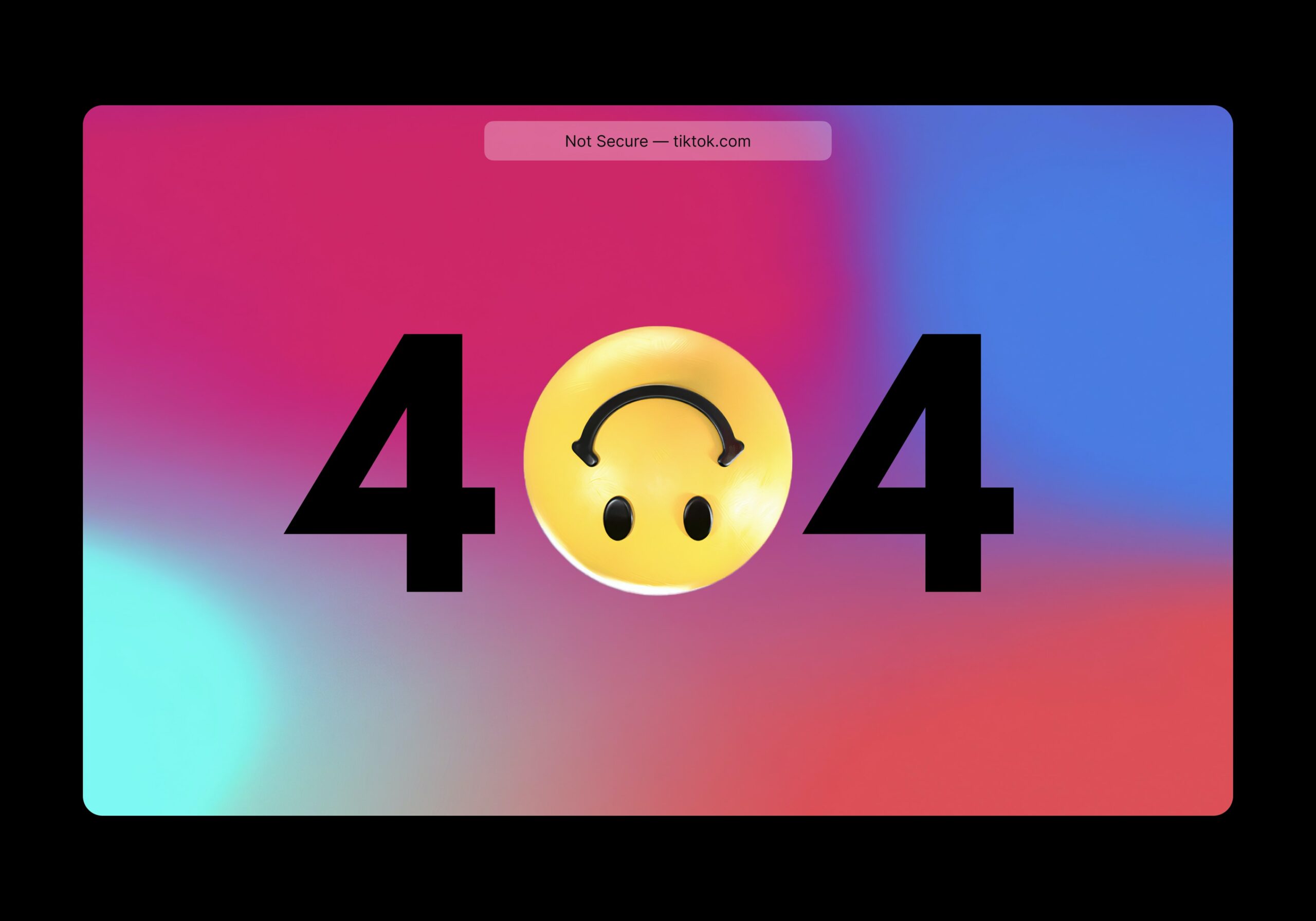OTTAWA, February 17th, 2021 –
Think about the last time you shopped online. What did you buy?
If you encountered an error, your answer to that question might be, “nothing.” You wouldn’t be alone.
Over half of mobile internet users have encountered a website that froze, crashed or received errors, all of which cause frustration for the user and add time to their session on your site.
To make matters worse, 40% of visitors will abandon your site if it takes more than three seconds for a page to load.
But not to worry. Noibu detects and resolves errors in real-time before they cause delays and cost you thousands in lost revenue.
In this post, we’ll talk about some of the errors Noibu detects and how we help you resolve them.
Broadly, eCommerce errors fall into one of two categories: JavaScript or HTTP. JavaScript errors happen when there’s an issue with your site’s code or a third-party app that interacts with your site. HTTP, or server-side errors, occur when there’s an issue with your eCommerce or payment platform.
Still with us? Good. Let’s get into the nitty-gritty.
JavaScript errors
Typos—we all maek ‘em. In an email, a typo is a minor mistake that you likely don’t give a second thought to once you hit “send.” But in your eCommerce site’s code, a typo can be the difference between a sale and an abandoned cart. Left uncorrected, that error can result in dozens of lost sales a day. Luckily, Noibu can pinpoint these first-party JavaScript errors using a stack trace, telling you the exact line and function string of the error so you can fix it.
Noibu also detects third-party JavaScript errors—hiccups that occur between your site and a third-party app that interacts with your site’s code. Some common apps that can cause third-party JavaScript errors are customer support apps, like ZenDesk, payment apps, like PayPal and Square, and marketing apps, like HubSpot. When your site returns one of these errors, we’ll provide a shareable link with all necessary data to send to the third-party app’s support team.
HTTP (Hypertext Transfer Protocol) errors
This is where things get a little trickier. Whereas JavaScript errors can usually be fixed by taking a peek at your code, HTTP errors are the result of a problem with your eCommerce platform’s server. When Noibu detects an HTTP error, we capture as much data as possible, including the user’s device, the error code message, the time of the error, and what URL the user clicked last. This information can then be compared to the store’s server logs or the data can be provided to the server administrator to identify the issue. There are lots of reasons why a visitor might come across an HTTP error on your site. Most of the time, these errors are easy to resolve but some might need a deeper look. Let’s take a look at some of the most common HTTP errors.
400-series errors
400-series errors are caused by issues with your eCommerce platform’s server or actions taken by the user. Here are a few examples and how they might arise during a user’s visit to your site:
400 Bad Request — This error is a generic response given by some servers. It usually means a user ran into a payment failure.
401 Unauthorized — A user might get this error when they try to access a page that’s only available to users with admin permissions. It could also be an issue with your guest checkout.
403 Forbidden — When a user is logged in but is trying to access a page they don’t have permissions for, they might get a 403 error. If this happens, there may be an issue with your site permissions.
404 Not Found — We’ve all seen this one. The user has likely searched for a page or product that isn’t available on your site. It’s likely that there’s a broken link on your site or a product is out of stock.
429 Too Many Requests – A user will get this error when the server is overloaded. This could be the result of general traffic from too many users or too many requests from one user.
500-series errors
500-series errors occur when there is an issue with a third-party application, such as Apple Pay or PayPal, on your site.
500 Internal Server Error — This is another generic error given by some servers. In some cases, it indicates a problem with how a third-party application is handling your traffic.
502 Bad Gateway — This error is displayed when two servers are communicating and one server takes too long to complete a request. This could be due to a high load on one of the servers.
503 Service Unavailable — This happens when the server is overloaded or down for maintenance.
504 Gateway Timeout — This error is similar to a 502 but it indicates that one server isn’t responding at all. In other words, one of the two servers is broken.
No matter what errors are impacting your checkout process, Noibu can help you detect and resolve them so your customers can have a flawless experience on your site.



